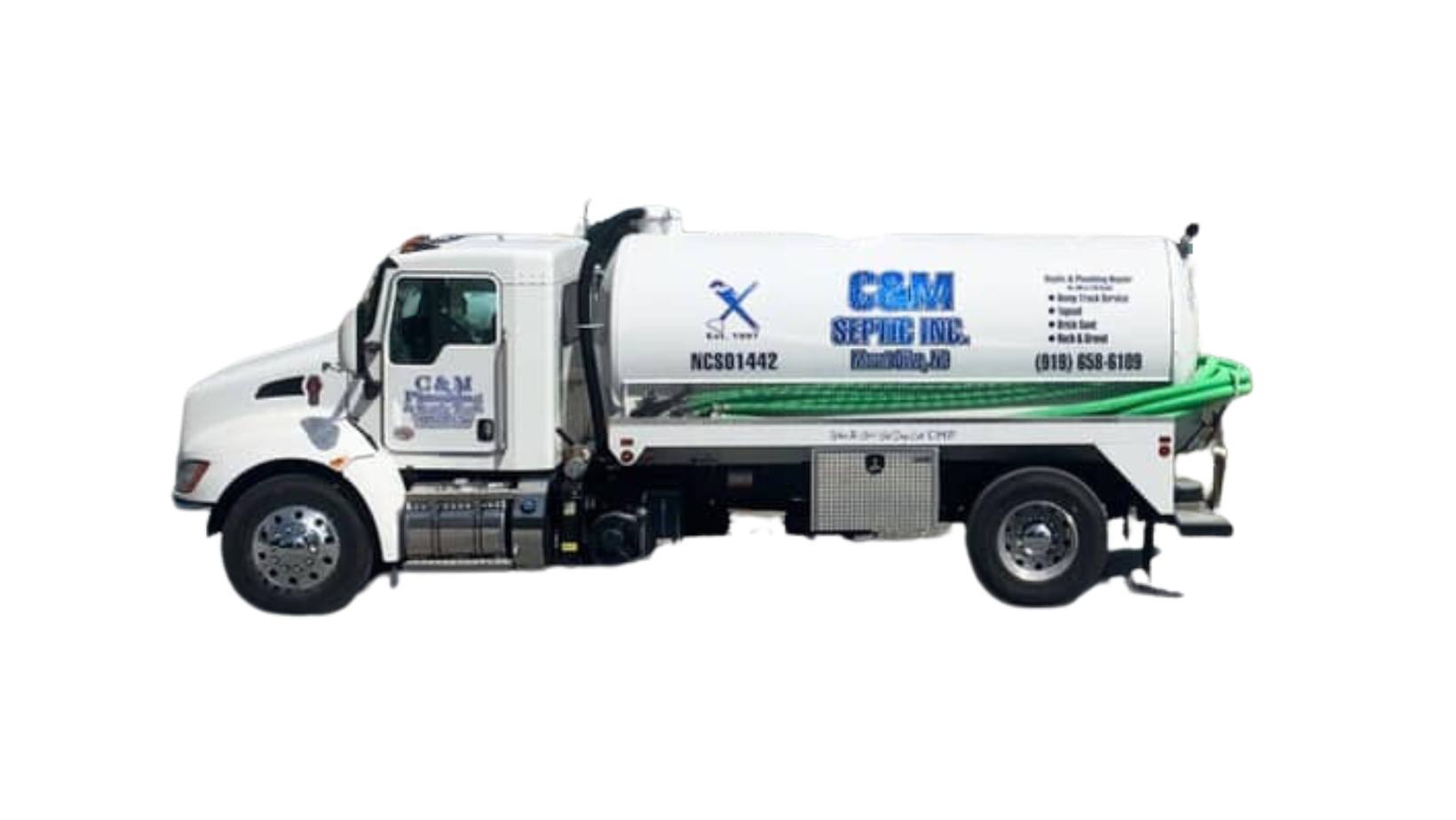Septic Installs & Repairs

Septic Installation
Septic installation is a crucial aspect of maintaining proper waste management systems in areas where there is no access to a centralized sewer system. It involves the installation of a septic tank and a drain field, which work together to safely and efficiently treat and dispose of household wastewater.
The process of septic installation begins with a thorough assessment of the property to determine the most suitable location for the septic tank and drain field. Factors such as soil type, water table level, and proximity to water sources or structures must be taken into account to ensure optimal functionality and prevent any potential health or environmental hazards.
Once the site is determined, the excavation process begins. Excavators dig a hole large enough to accommodate the size of the septic tank and carefully position it in the designated area. The tank is then connected to the household plumbing system, allowing wastewater to flow into the tank for further treatment.
The septic tank is designed to separate solid waste from the liquid components of the wastewater. Solid waste settles at the bottom of the tank, forming what is known as sludge, while floating solids and oils form a layer of scum on the top. The treated liquid, known as effluent, leaves the tank and enters the drain field for further purification.
The drain field consists of a network of perforated pipes or trenches filled with gravel or other suitable materials. These pipes allow the effluent to gradually seep into the surrounding soil, where it undergoes further natural filtration and purification. The soil acts as a natural filter, removing any remaining impurities and bacteria from the effluent before it reenters the groundwater or is taken up by plants.
Proper installation of a septic system requires adherence to local building codes and regulations. It is important to consult with a professional septic installer who is familiar with the specific requirements of your area. They will ensure that the septic system is designed and installed correctly to meet regulatory standards, preventing any potential health risks and avoiding expensive repairs in the future.
Regular maintenance is crucial for the effective operation of a septic system. It is recommended to have the septic tank pumped and cleaned every 3 to 5 years to remove accumulated solids and prevent system blockages. Additionally, routine inspections should be carried out to check for any signs of damage or leaks in the tanks, pipes, or drain field.
In conclusion, septic installation is a vital process that ensures proper waste management in areas without access to a centralized sewer system. By following proper installation procedures and carrying out regular maintenance, a well-designed septic system can provide safe and efficient wastewater treatment for residential or commercial properties. It is essential to hire a professional septic installer who has experience and expertise in the installation process to ensure compliance with local regulations and to avoid potential problems in the future.

